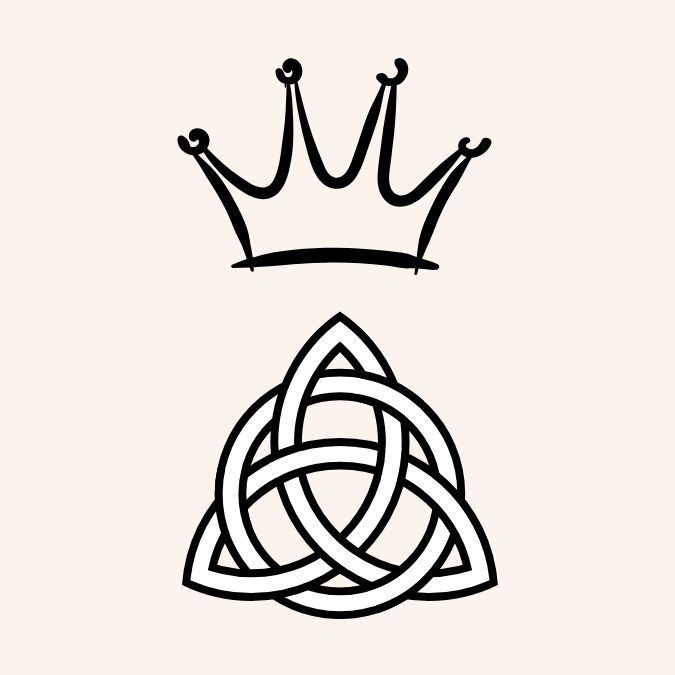
Who Was Boudica?
Boudica (sometimes spelled Boadicea) was the queen of the Iceni, a Celtic tribe in eastern Britain. She became a symbol of resistance when she led one of the most significant revolts against Roman rule around AD 60–61.
Her story is one of courage, vengeance, and resistance, and it continues to captivate historians, feminists, and patriots alike. But who was this fiery-haired warrior queen who dared to challenge the most powerful empire the world had ever known?
The World of Roman Britain 🏛️
By the mid-1st century AD, Britain had been conquered by the Romans, who saw the island as a valuable addition to their vast empire. Rome had invaded in AD 43 under Emperor Claudius. Over time, much of southern Britain was brought under Roman control, and many local tribes were either subdued or entered into uneasy alliances.
While some tribes benefited from Roman rule—gaining access to trade, Roman architecture, and roads—others, like the Iceni, maintained a fragile independence.
But Roman rule was never just about diplomacy. It often came with harsh taxation, land confiscation, and cultural suppression. The Roman idea of “civilization” clashed directly with the Celtic traditions of independence, matriarchy, and tribal identity.
The Iceni Tribe and Boudica’s Rise to Power 👑
The Iceni were a prominent Celtic tribe located in what is now Norfolk, in eastern England. Their king, Prasutagus, had formed an alliance with the Romans and ruled as a “client king”—independent in name, but ultimately under Roman authority.
When Prasutagus died around AD 60, he made a will that left his kingdom jointly to his two daughters and the Roman emperor, hoping to preserve peace.
But the Romans ignored his wishes. Instead, they annexed the territory, looted the royal household, and, according to Roman historian Tacitus, they publicly flogged Boudica and raped her daughters.
This brutal humiliation would not go unanswered.
The Injustice That Sparked a Rebellion 💢
What happened to Boudica and her family was not just a personal insult—it was a declaration of domination.
Roman creditors also demanded repayment of supposed “debts” from the Iceni. Lands were seized, nobles were enslaved, and resentment boiled over. The Romans had crossed a line.
The Celtic tribes were not passive subjects. They had a deep-rooted tradition of warfare and independence. In Boudica’s time, women could hold power, own property, and command armies—a fact that made her leadership more accepted among her people than it might have been in Rome.
With righteous fury, Boudica rallied not just her own people but also neighboring tribes, including the Trinovantes, who had their own grievances against Roman rule. What began as a tribal protest quickly became an all-out revolt.
Boudica’s Uprising: Cities Burn in Revolt 🔥
In a wave of fierce resistance, Boudica’s army—possibly numbering between 100,000 and 230,000 warriors—marched south to attack Roman settlements.
Their targets:
1. Camulodunum (modern Colchester)
This former capital of the Trinovantes had been transformed into a Roman colony, complete with a temple to Emperor Claudius. The locals saw it as a symbol of oppression. Boudica’s forces leveled the city, killing its Roman inhabitants and burning the temple.
2. Londinium (modern London)
A thriving Roman trade center, Londinium was the next target. The Roman governor, Gaius Suetonius Paulinus, abandoned the city, realizing he couldn’t defend it with his small force. Boudica’s troops razed Londinium, massacring thousands.
3. Verulamium (modern St Albans)
Another prosperous Roman town fell next. Archaeological evidence shows widespread destruction by fire in all three cities.
According to Tacitus, Boudica’s forces killed around 70,000–80,000 people, including Roman citizens and Britons seen as collaborators. Her forces showed no mercy, and Roman sources—often biased—describe the rebels as cruel and barbaric.
Yet to the Celtic tribes, this was justice.
The Battle Strategy and Roman Response ⚔️
While Boudica’s forces had numbers and passion, the Romans had training, discipline, and superior weaponry.
Governor Suetonius regrouped his forces—around 10,000 men—and chose the battlefield carefully. Although the exact location remains unknown, some historians suggest it was along Watling Street, possibly near present-day Mancetter or Kings Norton.
The Romans took up a defensive position in a narrow gorge or defile, protected on the flanks by forest, forcing Boudica’s larger army into a head-on assault.
Roman tactics won the day:
- Their tight formations and pilum (throwing spears) decimated the enemy ranks.
- The wedge-shaped advance broke enemy lines.
- Many rebels were trapped behind their own wagons and slaughtered.
It was a devastating defeat for Boudica’s forces.
The Final Confrontation and Boudica’s Death ☠️
After the final battle, Boudica vanished from history. Roman sources offer two versions of her fate:
- Tacitus says she poisoned herself to avoid capture.
- Cassius Dio suggests she died from illness and received a lavish burial.
Either way, her rebellion was over, but its impact would echo through history.
Legacy of Boudica: Heroine or Rebel? 🏹
The Romans saw Boudica as a dangerous savage, while later British writers turned her into a national heroine. During the Victorian era, Queen Victoria’s reign brought renewed interest in Boudica, whose name sounds similar to "Victoria." Statues were erected—most famously, the bronze chariot statue near Westminster Bridge in London.
Modern historians view her more complexly:
- A freedom fighter to some
- A vengeful destroyer to others
What’s clear is that Boudica’s uprising shook Roman Britain to its core. Had she won, the future of the British Isles might have looked very different.
Boudica in Popular Culture 🎬📚
Boudica’s story continues to inspire books, films, and documentaries. Some notable portrayals include:
- Helen Mirren in Boudica (2003), a TV movie
- Novels like The Eagle and the Raven by Pauline Gedge
- Mentions in songs, poetry, and even video games
She’s often depicted as a warrior queen in a chariot, her long red hair flowing in the wind, wielding a spear and defying an empire.
What Boudica Represents Today 💬
Boudica's legacy lives on not just in history books but in British identity. She represents:
- Resistance against oppression
- Female empowerment
- The fight for justice and autonomy
In an age where empires rose and fell through force, Boudica dared to say “enough”. Though ultimately defeated, she left behind a story that reminds us of the power of resistance—even in the face of overwhelming odds.
Conclusion: The Flame of Resistance Lives On 🔥
Boudica’s name is carved into British history as more than just a queen—she is a symbol of defiance, a woman who stood tall in the face of brutality and refused to be broken.
Her story answers more than just historical curiosity. It reminds us that freedom is never given—it is fought for.
Even today, in a world far removed from the one she knew, Boudica remains a timeless icon—proof that even the greatest empires can tremble before the voice of a people united.
Sources
- Tacitus, Annals and Agricola
- Cassius Dio, Roman History
- Historic England, www.historicengland.org.uk
- British Museum Collection
- Miranda Aldhouse-Green, Boudica Britannia: Rebel, War Leader and Queen (2021)
- Charlotte Higgins, Under Another Sky: Journeys in Roman Britain (2013)

